Under the microscope: Mike Oldfield's Tubular Bells 1966 Fender Telecaster
In pictures: the six-string behind the record-breaking album
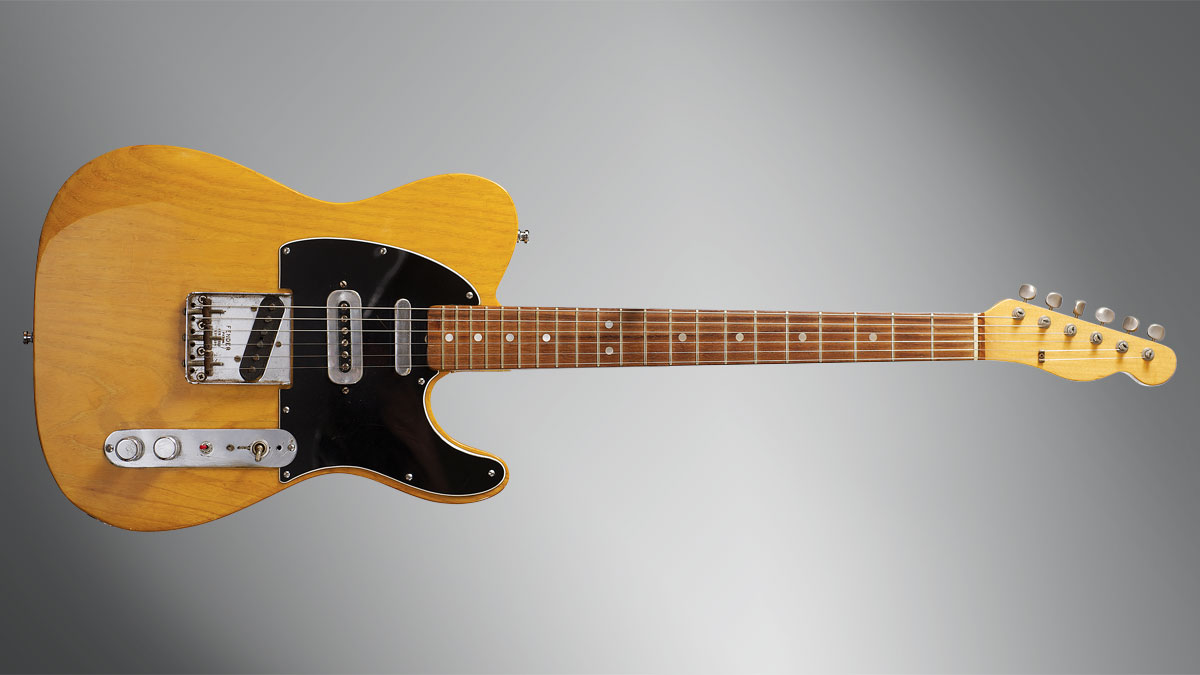
Introduction
Mike Oldfield’s Tubular Bells is one of the biggest-selling albums of all time, rumoured to have sold in excess of 17 million copies worldwide - and the only electric guitar that features on the album is this 1966 Fender Telecaster
Tubular Bells took up semi-permanent residence in the album charts, staying there for a record-breaking 279 weeks
The making of Tubular Bells is the stuff of legend. Originally released in May 1973, it saw 19-year-old Mike Oldfield playing most of the instruments himself, painstakingly overdubbed one by one, a process that was seen at the time as being wholly unique.
Expertly timed to coincide with the launch of Richard Branson’s Virgin Records label - Tubular Bells carries the catalogue number V2001 - the album initially enjoyed a slow-burn word of mouth success, but the public’s attention was further drawn to the album through the use of the piece’s opening piano sequence in William Friedkin’s film The Exorcist, which had its debut a few months after the album release.
Tubular Bells then took up semi-permanent residence in the album charts, staying there for a record-breaking 279 weeks.
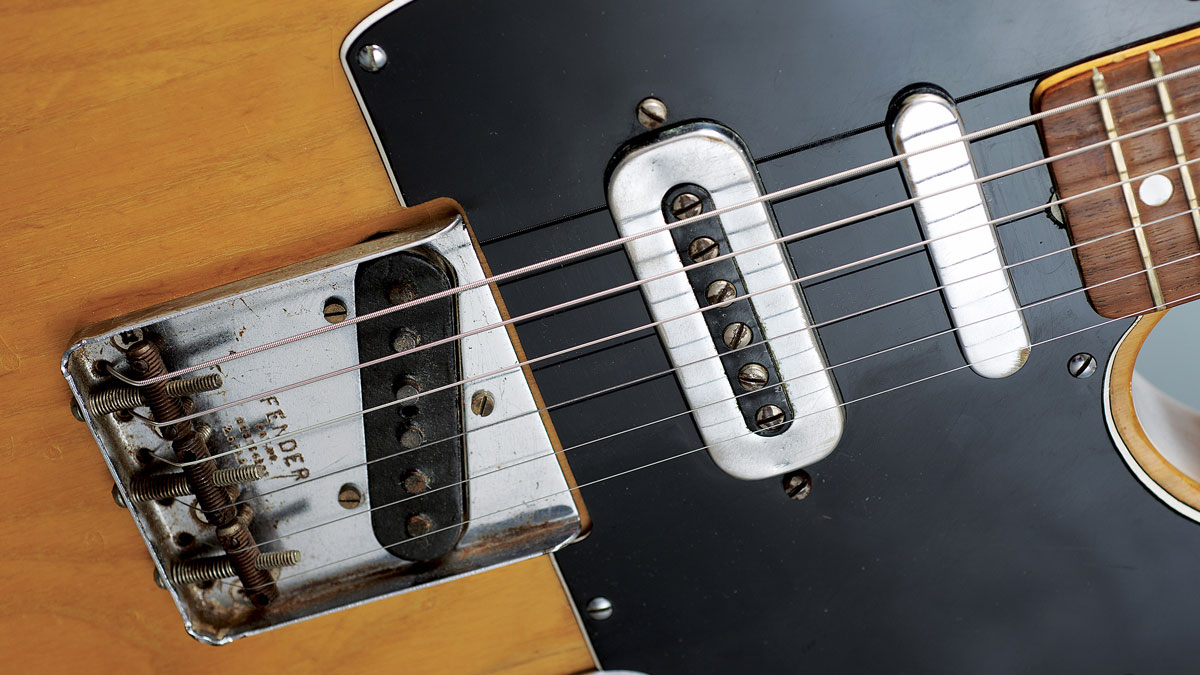
An unlikely collectable
Among the many instruments used on the album was a single electric guitar: a 1966 Fender Telecaster that came into Oldfield’s possession via Marc Bolan.
As is evident from the photographs here, the Telecaster enjoyed quite a bit of modification in Oldfield’s hands
The story goes that Bolan bought the Telecaster at a point where he wanted to start exploring a more electric personality for the fledgling T.Rex. At this point in time, though, the experiment didn’t work and the guitar came into the keeping of Bolan’s management.
Thanks to a series of circuitous coincidences, the Telecaster subsequently found its way into the hands of Mike Oldfield at the very point that Tubular Bells was forming in his mind.
The guitar has a neck date of November 1966 and bears the serial number 180728. As is evident from the photographs here, the Telecaster enjoyed quite a bit of modification in Oldfield’s hands.
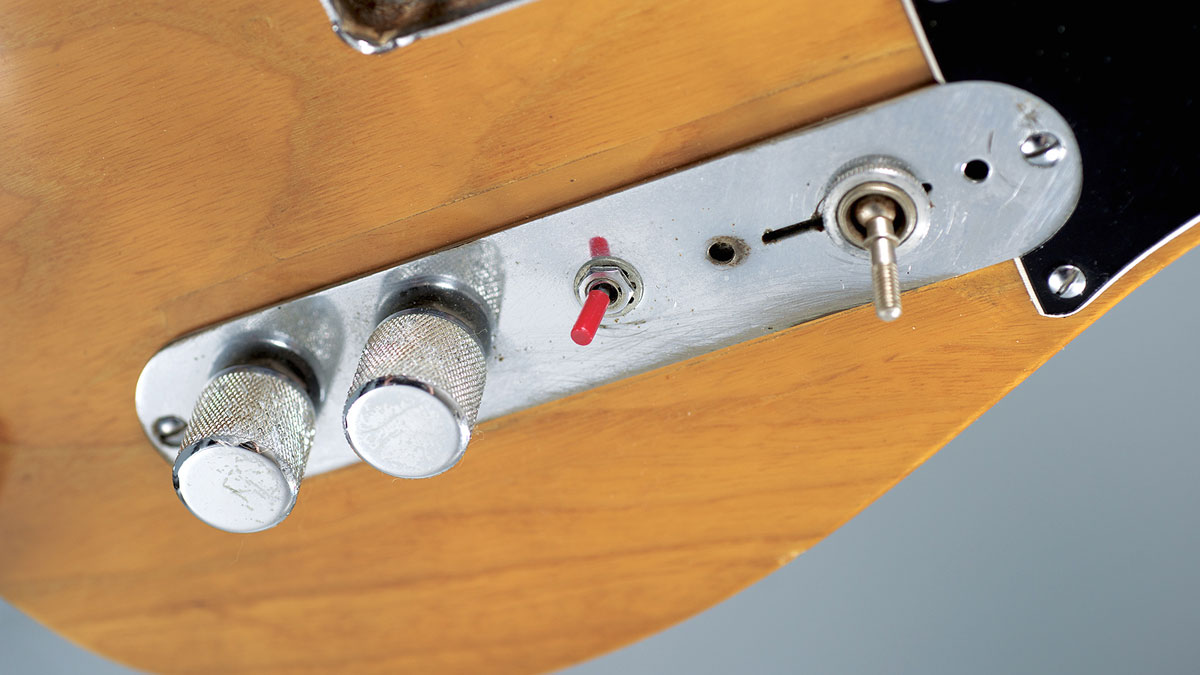
Mike's mods
The first thing he did was to strip it - legend has it that the guitar was originally Olympic White - and he even went to the extent of removing the Fender decal from the headstock, too.
In any other hands, this would have devalued it considerably, but fortunately for its present owner, the history and provenance attached to this guitar have worked to establish its collectability.
The red toggle switch in the centre of the control panel powers up the Bill Lawrence pickup
Another immediately noticeable diversion away from the Telecaster norm is the presence of a Bill Lawrence pickup in the middle position. Apparently, the pickup had featured on one of Oldfield’s previous instruments and he had liked the sound so much that he spent an afternoon with his father in the Oldfield homestead’s garden shed modifying the scratchplate and controls to accommodate it.
As such, the volume and tone controls have been repositioned and Fender’s three-way toggle switch abandoned in favour of a rather homespun-looking chrome alternative.
The red toggle switch in the centre of the control panel powers up the Bill Lawrence pickup. The modifications may not be the prettiest we’ve seen, but they carry a certain air of functionality about them - it may not look beautiful, but it works!
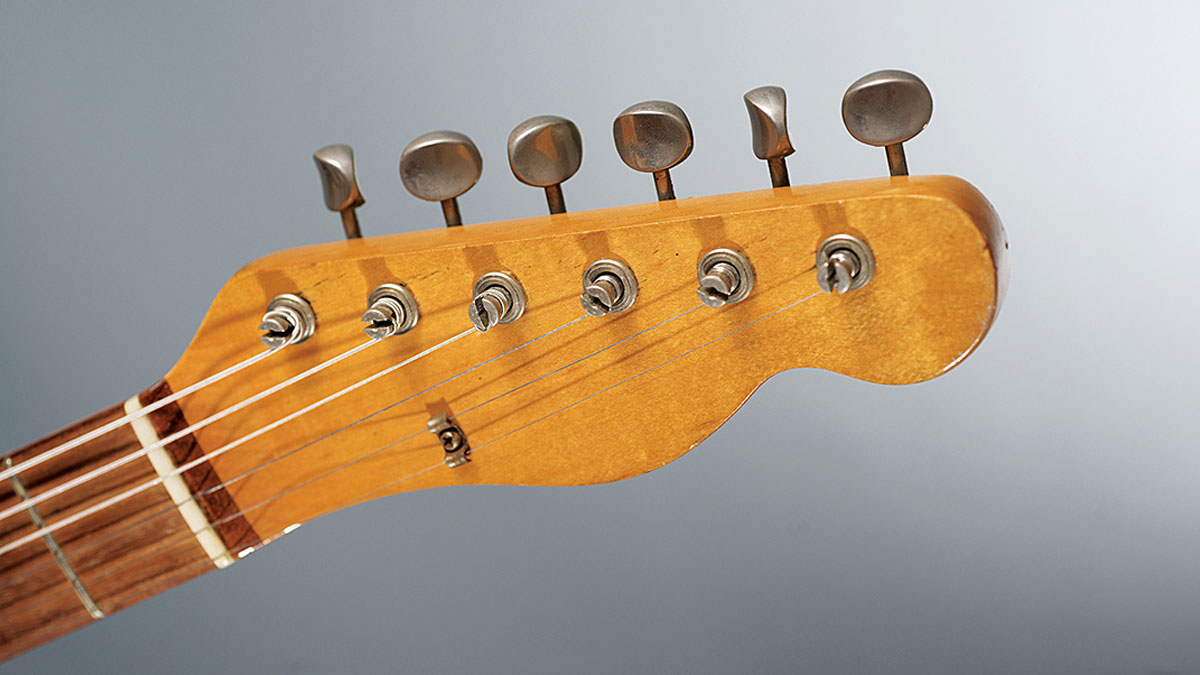
Off the radar
When the dust had settled after the release of Tubular Bells, very little was heard about the now famous Telecaster. In those days, of course, the collectors market hadn’t really taken off, and even a 1966 Tele was still considered to be, well, just a second-hand guitar.
It wasn’t until 2007 that the guitar began to register on the radar of collectors once again. It was put up for auction that year with a guide price of £25,000 to £30,000, but it failed to sell.
Keith Smart found out that Mike Oldfield was selling the guitar in order to raise funds for the charity SANE
Subsequently, many collectors revealed that they didn’t know about the sale - and yet when it came up for auction again a couple of years later, it failed to sell once again.
In fact, it was only when a guitar collector, historian and fan of Tubular Bells named Keith Smart put ‘Mike Oldfield Telecaster’ into an online search engine that details of the second auction began to emerge.
Keith found out that Mike Oldfield was selling the guitar in order to raise funds for the charity SANE, a mental health organisation. He immediately contacted them and made an offer for the instrument and waited to hear back.
After what must have seemed like an eternity, the charity got back to him and said that they would accept the offer and he took possession of the Telecaster on the 13 January 2010.
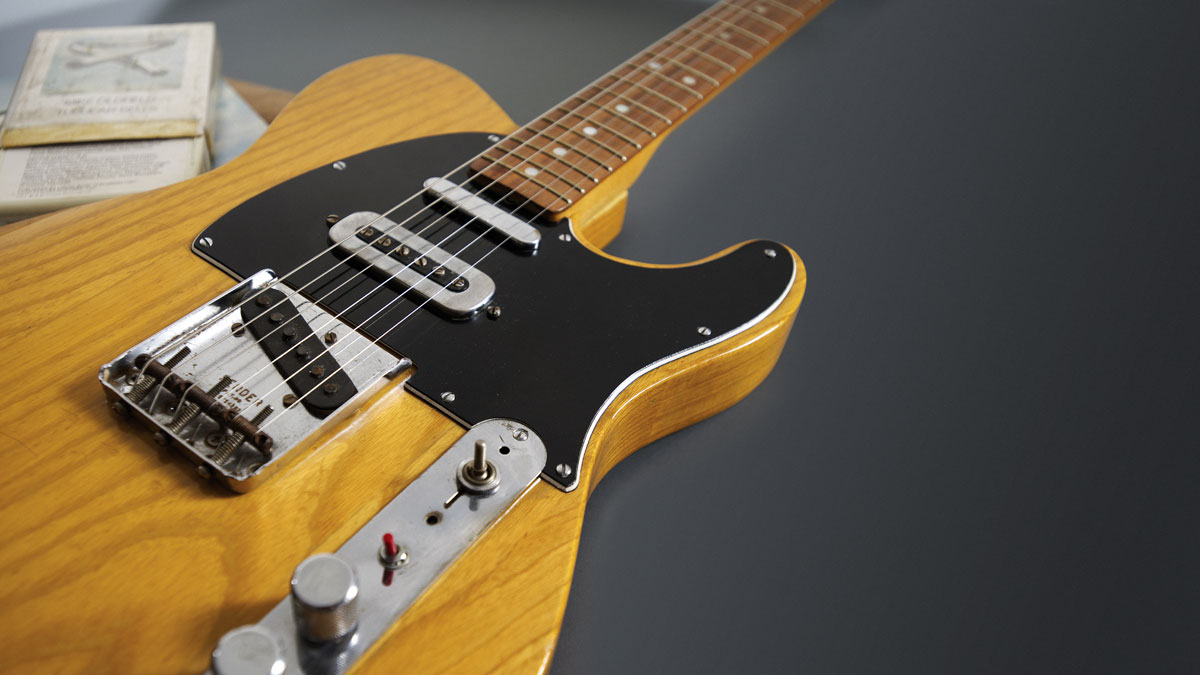
On display
It came with no documentation at all, just the guitar itself in a battered old case. But a couple of days later, Keith was delighted to receive a communication from Oldfield himself saying that he was glad that the guitar had found its way into the hands of someone who would appreciate it - and that it had raised money for his nominated charity.
In 2013, Keith was contacted by Oldfield’s personal assistant, Caroline Monk, because Virgin Records was celebrating its 40th year in the business with a special exhibition in London and was eager to feature the guitar.
The Telecaster was put on public display alongside the Grammy Award that Oldfield won for his 1973 masterpiece
So the Telecaster was put on public display for a limited period in a case alongside the Grammy Award that Oldfield won for his 1973 masterpiece, before being returned to Keith’s safe-keeping once again.
These days, the Oldfield Telecaster isn’t kept in a glass case to be viewed only by a select few. On the contrary, Keith is determined that it should be used and enjoyed, and so he often features it on gigs with his own band. And how does it sound? Well, we had to ask and Keith’s reply was simply, “Fantastic!”

